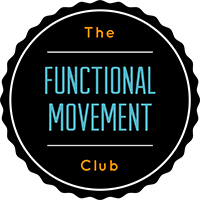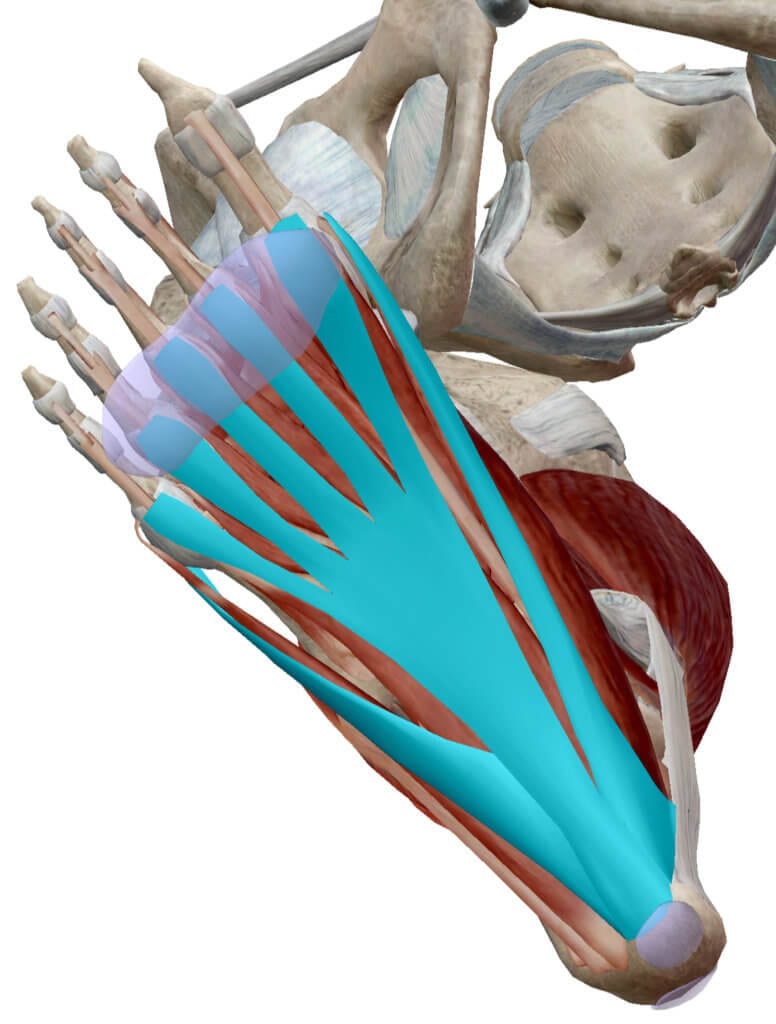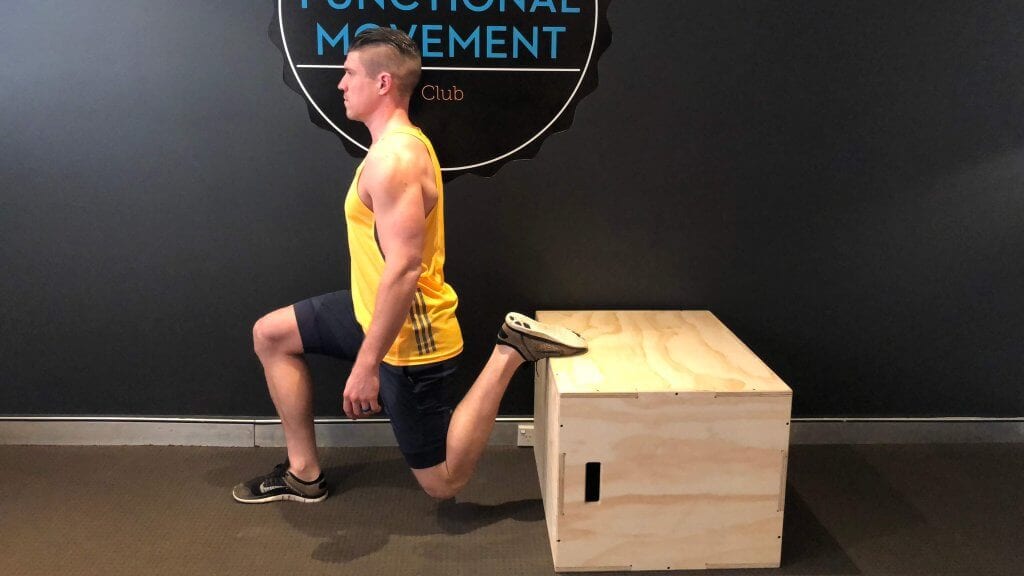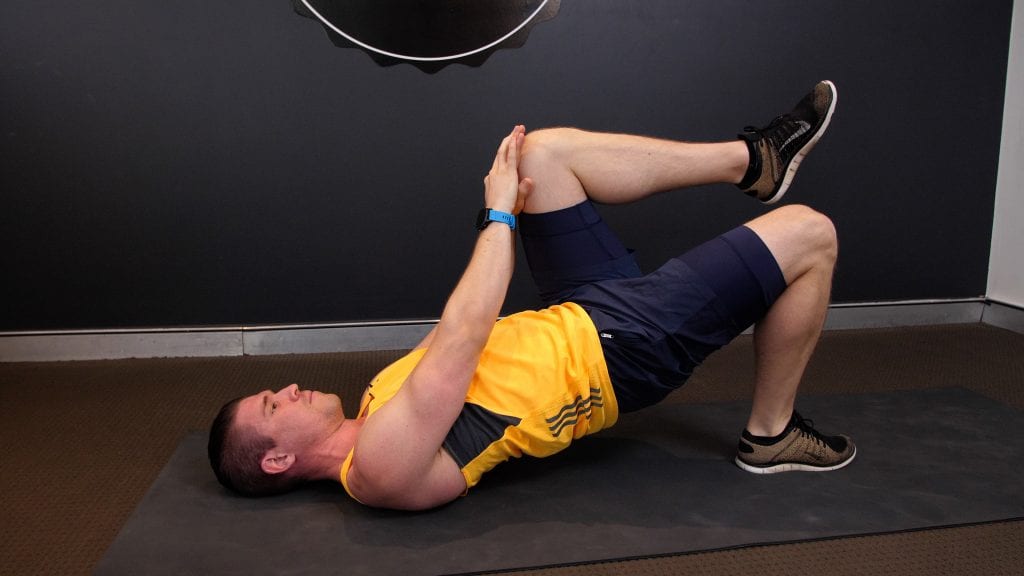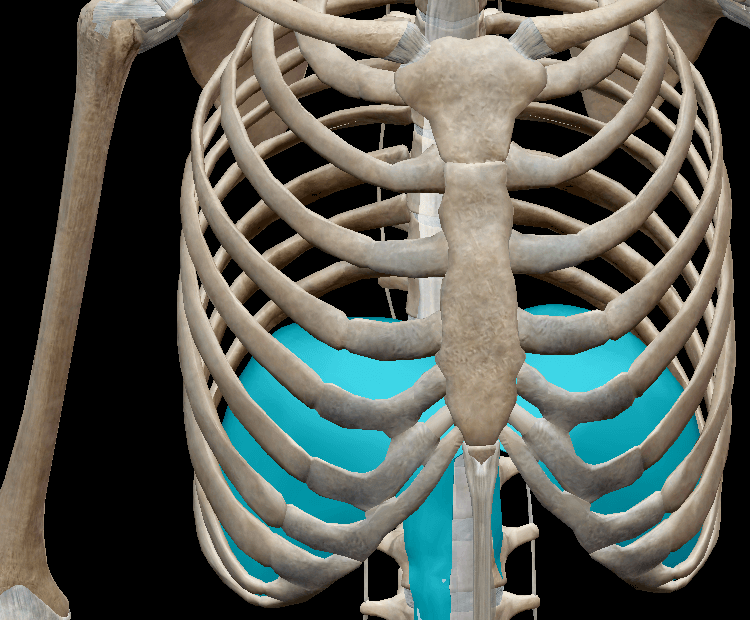
Breathing and Back Pain: Are You Bracing Properly?
Breathing and Back Pain:
Have you ever stopped to think am I breathing properly? Are you a belly breather or a chest breather? Did you know that breathing is the easiest way to engage your core? It will help realign your ribs and hips (allowing you to brace better). Your lower back will thank you, now that your hips and ribs parallel to one another. It decrease stress on your lower back and will therefore decrease pain and tightness. I bet you didn’t know there was a link between breathing and back pain?
Create tension and stability through diaphragmatic breathing.
Through the use of controlled breathing you are creating tension in your trunk without even having to think about it. Think of a can of Coke (or insert your favourite beverage). When the Coke can is full and the lid hasn’t been popped yet, it is pretty hard to squeeze the sides of the can in. Once you open the can up, drink the liquid inside, all of a sudden the sides of the can are much easier to squash.
This is the same thing you do when we create trunk tension when breathing properly. You increase the pressure on the inside (by filling up the trunk with air) which leads to your outside (Abs, and lower back muscles) being much more stable.
What is the diaphragm?
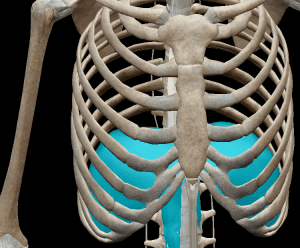 The Diaphragm is dome-shaped muscular partition separating the thorax (chest) from the abdomen (belly). It is connected to the ribs and lower back. When it contracts, it pulls the lungs down decreasing the pressure inside them and thus makes us breath in (air always wants to flow from a high pressure state, to a low pressure state where it is free to move around).
The Diaphragm is dome-shaped muscular partition separating the thorax (chest) from the abdomen (belly). It is connected to the ribs and lower back. When it contracts, it pulls the lungs down decreasing the pressure inside them and thus makes us breath in (air always wants to flow from a high pressure state, to a low pressure state where it is free to move around).
So how do we know if we are using our diaphragm to its full potential? Take a big breath in and hold it, did majority of the movement come from you chest?or your belly? Most people will notice most of the movement occurs around the chest and ribs. This means your diaphragm is getting lazy and we need to wake it up to help your breathing and back pain.
PSST . . . Heres a FREEBIE I made for you
How to wake the Diaphragm up:
- Lay on your back, knees bent to 90* and feet flat.
- Place one hand on your belly and one hand on your chest
- Take a deep breath in through your lower hand (as if trying to poke your belly out when breathing in)
- Gently push down on the belly when you want to exhale.
- Repeat for 3-5 mins in the morning or evening
- Lay on your back, knees bent to 90* and feet flat.
- Place a lightweight or book between ribs and pelvis.
- Take a deep breath in trying to raise the weight using your abdominal muscles
- Let the weight lower down when you want to exhale.
- Repeat for 1-3 mins
Breathing To Fight Back Pain
Once you have gotten your diaphragmatic breathing down pat and it is becoming automatic for you, add in a bracing sequence.
- Lay on your back, knees bent to 90* and feet flat.
- Place a fingers on the front of your hip.
- Take a deep breath in letting your abdominals expands
- Tense the abdominals as if someone is about to punch you in the stomach.
- Hold for 3 seconds.
- Breath out and relax.
- Repeat for 3 sets of 15 breaths
Breathing, Bracing and Movement:
Now that you know how breathing and back pain relate to one another, it is time to incorporate this into your day to day activities.
- Set up in your squat stance (Find your perfect stance here).
- Take a deep breath in letting your abdominal muscles expand.
- Tense the abdominals as if someone is about to punch you in the stomach.
- Hold your breath whilst lowering into a squat.
- Breath out and as you return to the starting position.
- Repeat for 3 sets of 15 breaths
- Set up in your Deadlift stance (click your for the deadlift pre-requisites).
- Take a deep breath in letting your abdominal muscles expand.
- Tense the abdominals as if someone is about to punch you in the stomach.
- Hold your breath whilst lowering hands down the fronts of the thighs and shins.
- Breath out and as you return to the starting position.
- Repeat for 3 sets of 15 breaths
Summing It All Up:
Now you know how to brace your trunk properly and increase stability around your midsection. This will help take the stress off your lower back and stop your from bleeding energy. Breathing and back pain go hand in hand, and if you are not working them all together your are setting yourself up for failure.
